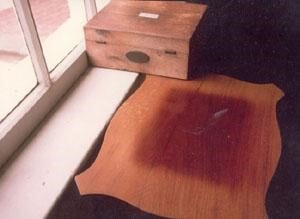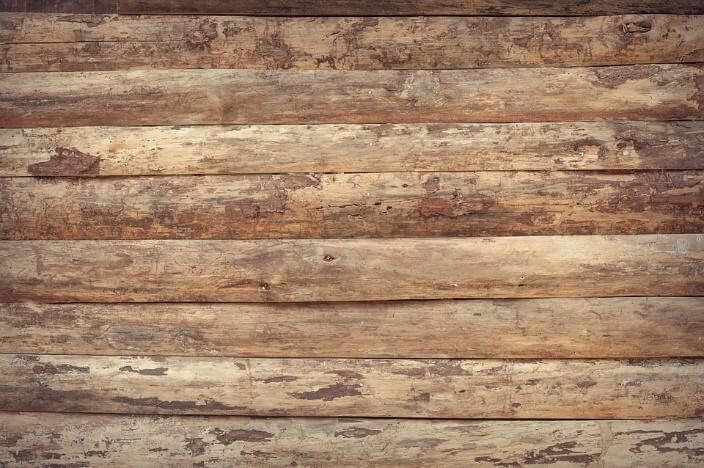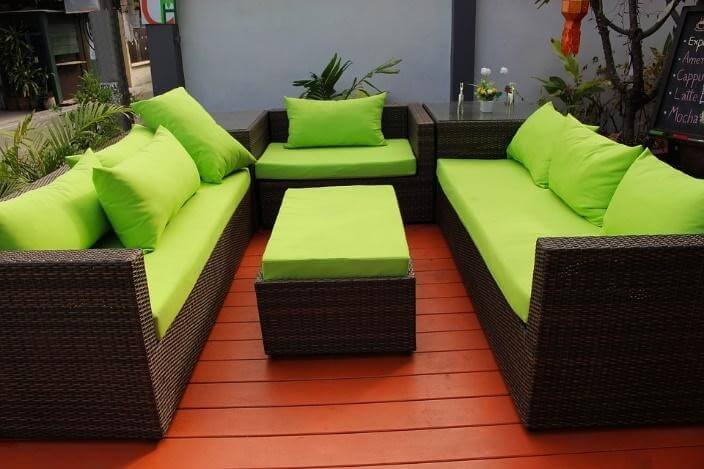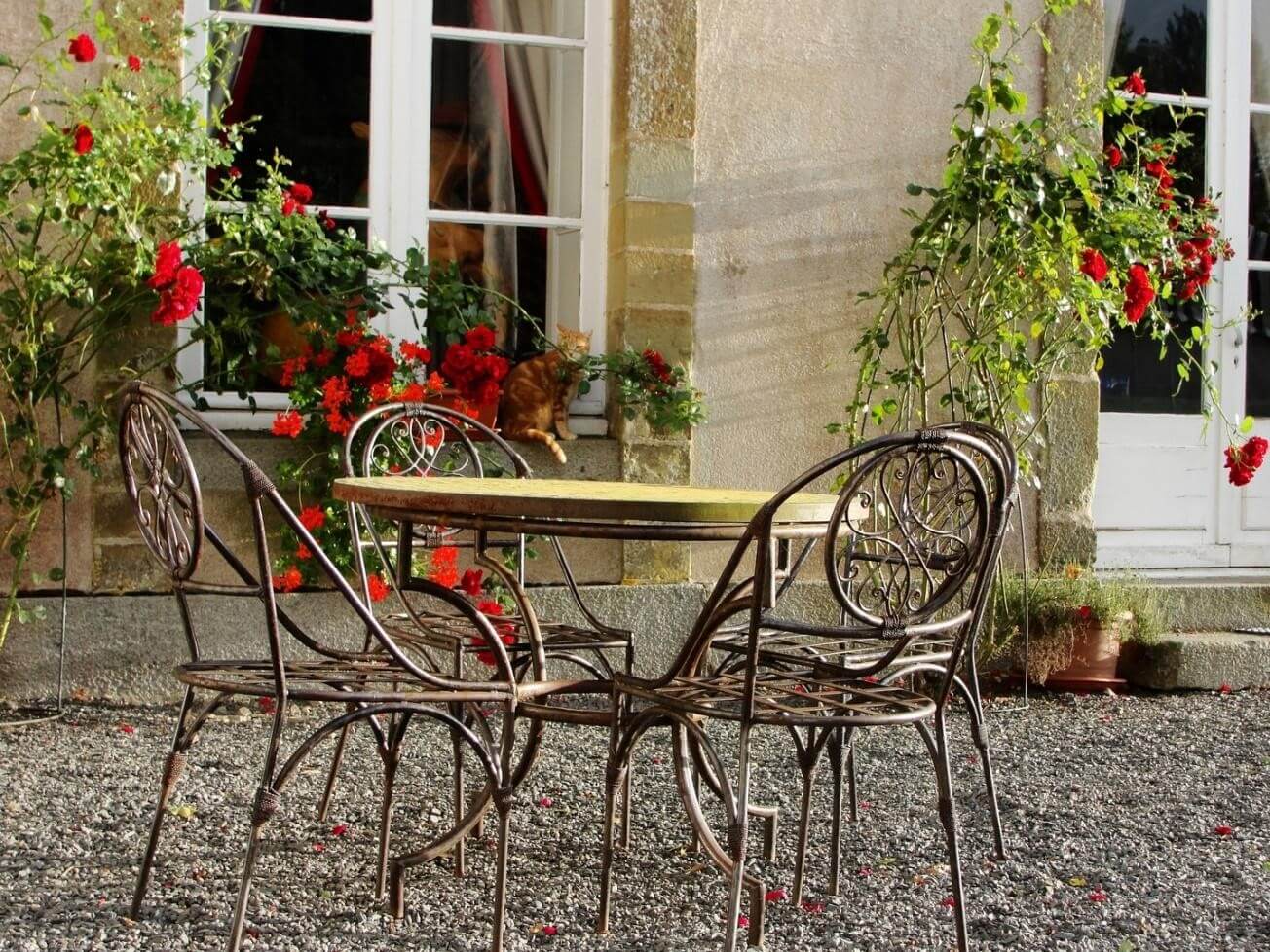Patio furniture is furniture specially designed to be used in outdoor space. The quality which makes them the most favorable choice for the outdoor use is its resistance to the external environment such as variations in temperature as well as humidity. The various types of furniture available to enhance the beauty of your patio include wooden furniture, acrylic furniture, Metal furniture, Glass furniture, Bamboo furniture, Wicker etc. Many different and durable materials are used in the manufacturing of this garden furniture like plastic, wood, aluminum, wicker, and wrought iron. Metal is another popular choice for patio furniture. Also, some particular variety of wood is used for making this outdoor furniture. Pine, acacia, cedar, redwood, cypress and teak are ideal choices of wood which are commonly preferred. But a lot many factors can cause damage to this outdoor furniture. Below are some tips on how you can take good care of your garden furniture.
Causes of damage to wooden furniture
Sun Damage
Water, dirt and staining are considered to harm the patio furniture the most, but one of the factors that are often not considered much harmful is the sun. Just like the rays of the sun can harm the skin, it is a potential threat to garden furniture too. The constant sunshine can not only fade the color of the material, but also the heat can melt cheap quality plastic and can even cause damage to other materials. Constant exposure to sunlight can wear away the sheen and gloss because of the harmful UV rays and can even cause structural weakness. And thus, the sun is a deadly force to outdoor patio furniture.
Freeze Damage
Apart from covering you in the extra layer, the extremely cold temperature can also make your outdoor furniture shiver. The cold temperature can put your patio furniture at risk of freeze damage. The moisture accumulating at the time of rain eventually turns into water or ice in areas with below freezing point temperature. The water can have a very negative impact on the patio furniture, especially if it is made of wood. Also, this moisture can freeze inside the furniture and may cause cracks. The strong cold breeze can also be a factor causing harm to patio furniture.
Environmental factors
There are a lot many environmental factors that directly or indirectly affect the integrity of the antique furniture. These factors include humidity, heat and lighting. The coatings on the wood will deteriorate if such furniture is subjected to constant moisture. For having long-lasting outdoor furniture, it should be kept in such environment which is neither too hot nor too cold and thereby maintain a controlled environment. Light energy is directly translatable to damage to furniture surfaces. The amount of that damage depends on the intensity and color. As long as there is light, there will be light damage proportional to its intensity and exposure time.
Bio predation
One of the most overlooked issues regarding the protection of patio furniture is of bio predation. This furniture is most commonly subjected to microorganisms, insects and rodents. Most of the time Termites, carpenter bees and ants, and other insects damage wood by eating its surface. Insect infestation can make any furniture hollow in no time. Unlike insects, rodents usually do not eat the wood but rather gnaw through it to get to the food on the other side. Also, another very fundamental threat to gardening furniture is the presence of molds and fungus. Moist air and high temperature encourage the rapid growth of such organisms. Molds have earned a bad name because of the staining caused to the wood and the other fungi completely destroying it.
Handling & Moving of furniture
It is not only important to use furniture wisely, but also to handle it carefully. The wise administration is possible only when the construction of furniture is known. Before selecting any piece, the complete knowledge about all its parts, including movable and detachable, must be known. This is followed by examining the path through which the section will be moved and removing any obstructing material in the route. If in case the material is too fragile, wrap it with a soft pad or blanket pad to avoid any damage while moving. Also, make sure that there are not many variations in the environmental condition of the new location as compared to the old one. The movement must not be in haste and also must not include sliding or dragging of items. Proper handling will ensure the safety of the product.
Rust
Rust can turn lively furniture into a lifeless body. There must be a lot of protection against this because it ultimately makes the furniture useless. Also, the condition under which it develops is also not very rare. Even slight unnoticed moisture can lead to the formation of rust on the surface of furniture. Such threat is more visible when the furniture is made of metal, especially iron. Steps must be taken to avoid any direct contact of the metal material with moisture or humidity because this only leads to the formation of rust layer on the surface of patio furniture. So special care must be taken of the garden furniture against moisture and rust to prevent it from getting destroyed.
How to Protect Your Patio Furniture?
Though there are many threats to the patio furniture, a right amount of care can help you in protecting your favorite furniture without requiring any extra investment. Below mentioned are few tips to protect your furniture:
Clean your Furniture
Just because your furniture is covered and you feel it is protected, then you might be wrong. Even after being covered, the furniture can still accrue dirt and dust. In order to prevent it, regular cleaning of the patio furniture is a must. But not all pieces require the same type of cleaning. Different pieces must be cleaned differently, like cushion must be cleaned with a solution of warm water, dishwashing detergent and borax using a sponge; umbrellas must be rubbed with a soft-bristled brush soaked in soap; wickers can be cleaned with wet microfiber cloth soaked in all-purpose cleaner and then can be rinsed with damp sponge etc.
Whatever may be the type of material cleaned, some necessary steps need to be followed while carrying out the cleaning processes. They are:
- Mix the detergent, borax and warm water and put it in a spray bottle.
- Saturate the surface and be sure to get all the crevices and creases.
- Clean the surface thoroughly with a dry brush or cloth before using water or sponge.
- Wash or sponge the surface of the material as required and then let it dry under the sun. Fabric protector can also be sprayed after this to make cleaning easier for next time.
Protect Fabric & Upholstery
Cushion and upholstery may not appear very significant, but when it comes to cleaning, they cannot be ignored. These are very sensitive part of the garden furniture and can be easily ruined. So, special care must be taken to protect the cushions and upholstery. Here are steps which can be followed to safeguard outdoor deck cushions so that they are not only clean but also last longer despite all the sun and rain they face.
- Remove fabric– the first step towards protecting your cushions and upholsteries is removing the fabric if it can be eliminated. Don’t try the same method of cleaning if the cushions have non-removable cover. Try considering the slipcovers for protection for cushions with non-removable fabric. If the material is removable, then strictly follow the manufacturer’s instructions carefully and allow them to dry properly before inserting the cushions back.
- Clean the upholstery– next step is to clean the cushions or upholsteries with dish soap and warm water using a soft brush. Scrub the area properly to let the soap sink in it. Avoid using very harsh chemicals for washing.
- Rinse it – in order to rinse it, a towel can be soaked in warm water, and then the damp cloth can be used to clean the fabric, the best option to rinse is to use a hose to dilute the chemicals.
- Dry– another important step after washing is to let the cushion thoroughly dry. It is essential for the upholstery to dry thoroughly to prevent the development of mildew. Also, if wet cushions are inserted back, it can reduce the effectiveness of the fabric.
- Fabric protector– after the upholstery is completely dry, spray a tissue protector over the entire surface to protect it from discoloration. Be cautious in choosing the best fabric protector for your furniture to avoid any further damage.
- Storage– storage also plays a significant role, once the complete cleaning process is over; store the cushions in a dry and cool place, away from humidity, such as a basement to ensure that no mildew develops over it with time.
Protect Wooden Patio Furniture
Wooden furniture adds beauty to your patio but is also vulnerable to damage in harsh weather. So, adequate precautions must be taken to prepare the furniture for any change in weather. There are many challenges that wooden furniture has to overcome to survive outdoors. Some are-
- Material – since wood is a biodegradable material; it will break down and rot very quickly. Even if the wood is of very high quality like teak, redwood or cedar; it will still not last forever.
- Adhesive– most of the furniture is made with glue that is fit only for internal environment. When they are placed outside in an open environment, the glue in the joints becomes loose, and the finish also gets disturbed. To avoid this, furniture needs to be made using waterproof glue and exterior finishes.
- Construction– the construction of indoor furniture is different from that of an outdoor one. So proper furniture must be chosen depending on the place where it is going to be used.
Here are some tips to help your piece survive longer in the great outdoors:
- Consider location– considering the type of weather you will be dealing with is one of the prime factors to be considered while protecting your furniture. The requirements vary with the variation in the location. So be sure only to acquire the furniture protection you will actually need.
- Paint– paint is the best way to protect the wood because it offers a good degree of protection from harmful UV radiation by radiating it and thus protecting the wood underneath. Some forms of paint can even protect against heat and water too. Depending upon the type of furniture and weather, the kind of paint must be chosen, and it must be reapplied so often when you notice any fading or peeling.
- Add water sealer– in order to protect your wood and give it an additional beautiful look, one must take the help of water sealant. This not only protects from the outside moisture but also quicken the evaporation of moisture from within the wood. Water repellents help prevents water from soaking into your furniture, and this reduces the chance that your furniture will warp, weaken, or rot.
- Cover– covering the furniture when not in use can protect the furniture to a larger extent. The furniture cover will physically safeguard the furniture from the weather as well as from other harmful elements.
Protect Metal Patio Furniture
Metal furniture has been the favorite choice of people because of its durability and less maintenance. But still, it too needs some attention so as to prevent from damage.
- Keep furniture dry: moisture is the biggest enemy of the furniture made of rust. Whenever moisture settles on the metal surface, it facilitates the process of decay. Therefore, it is best to keep it dry as much as possible
- Covering: covering the patio furniture also helps in protecting the furniture to a great extent. It will not only enhance the look but will also provide the required protection. Use cushions, chair backs, and arm covers on your metal patio chairs to reduce exposure to moisture and heat, thereby minimizing the incidence of rust.
- Apply paste wax: paste wax provides excellent protection from rust as it is water resistant. Cleaning the surface and then applying paste wax will not only maintain the unique appearance of your furniture but will also protect it.
- Storage: though metal furniture is said to be durable, it is better to store it carefully when not in use. When not in use, it must be kept in some shade or covered area to protect from any unnecessary damage.
Conclusion
Patio furniture undoubtedly adds a lot of charm to any place. It not only makes the area look more appealing but also makes a good utilization of the space. But Outdoor furniture requires regular maintenance in order to fight the inevitable accumulation of dirt, rot and rust. Without taking good care of your patio furniture though, it could rapidly start showing its age. Maintaining patio furniture doesn’t require a lot of time, effort or money. Learning how to protect outdoor furniture can help keep your furniture clean and looking new for years.





